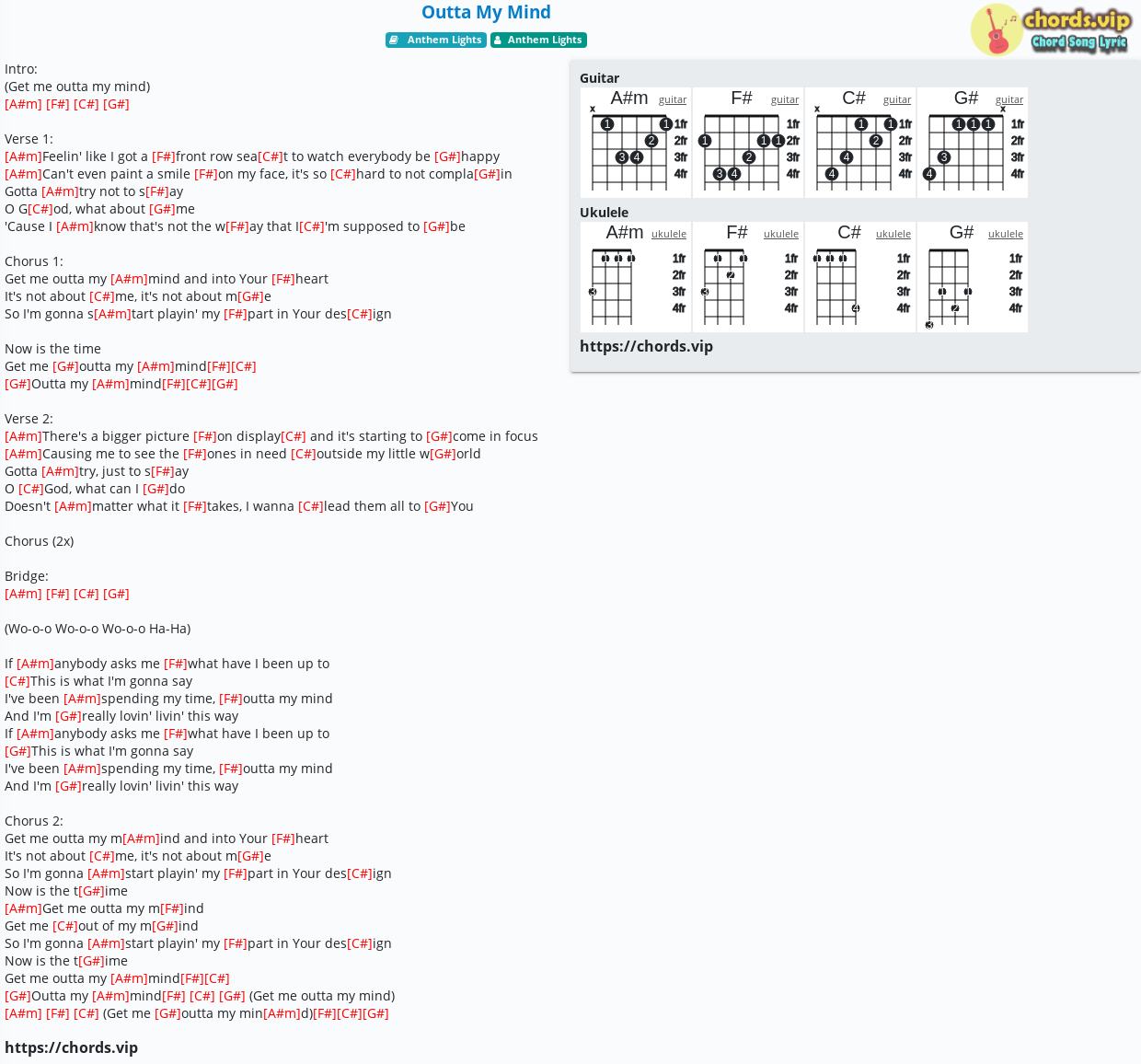


In addition, Rudhyar’s connection of dissonance with spirituality serves as a reminder that many early-twentieth-century pioneers in atonality and dodecaphony perceived a numinousness in this new music.Ĭopyright © 2014 Society for Music Theory

Rudhyar’s seed-tones may suggest new analytic perspectives for other post-tonal repertoire. Schenkerian-style graphs accompany detailed analyses of two of Rudhyar’s piano pieces: “Stars” and the first movement of Granites. Rudhyar’s theoretical writings suggest two compatible methods of constructing seed-tones: building quintal sonorities (which exemplify dissonant harmony in Rudhyar’s theory) and employing “interpenetrating harmonic series.” These two methods facilitate the identification of seed-tones and their elaborations in Rudhyar’s piano music. His prose reveals several interrelated methods of creating Tone: using the piano’s sounding board as a gong, employing dissonant harmony (relating pitches by geometric relationships, which manifest as interval cycles), applying “the new sense of space” (beginning from wholeness, which requires equal divisions of the octave), and creating organic forms by basing each composition on a “seed-tone” (a dissonant tonic sonority). Rudhyar’s own compositions manifest his theoretical ideas, which revolve around a mystical conception of Tone as the totality of all possible musical sounds. KEYWORDS: Dane Rudhyar, dissonant harmony, organicism, piano, ultra-modernism, interval cycles, tone, Schenkerian analysis, seed-tones, twelve-tone music, dodecaphony, dissonance, harmony, quintal harmony, sounding board, gongs, bells, space, dissonant tonic, harmonic series, overtones, undertones, “Stars,” Granites, Second Pentagram, Third Pentagram.ĪBSTRACT: French-American composer Dane Rudhyar’s (1895–1985) vision of dissonance as a spiritual discipline was profoundly influential upon American ultra-modernist composers in the 1920s and ’30s.


 0 kommentar(er)
0 kommentar(er)
